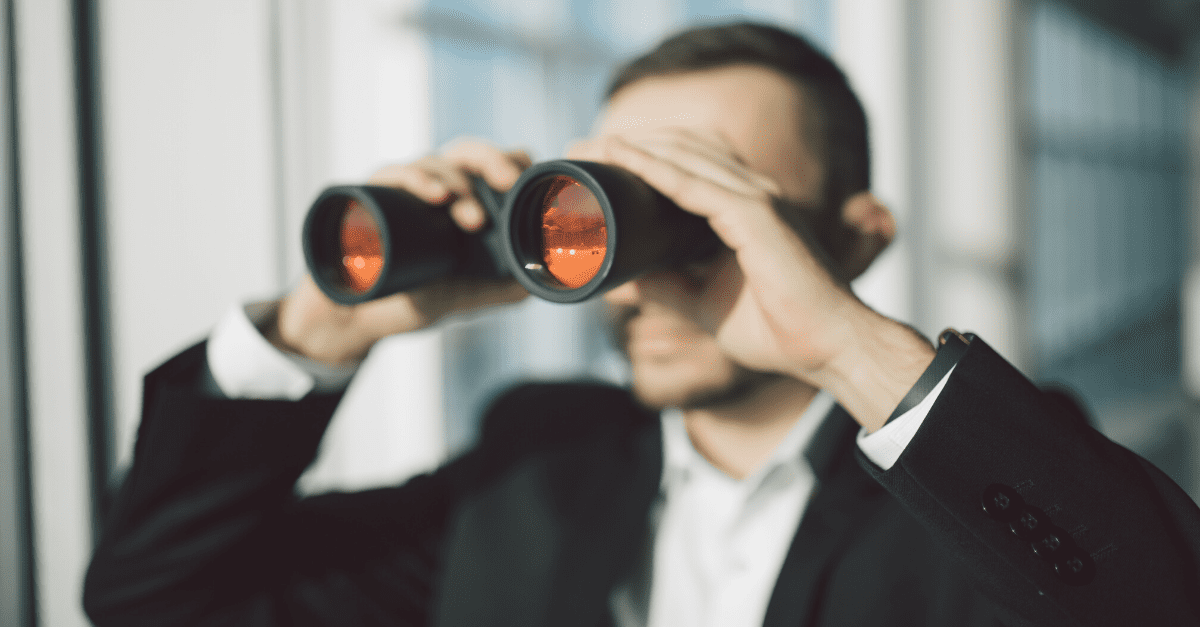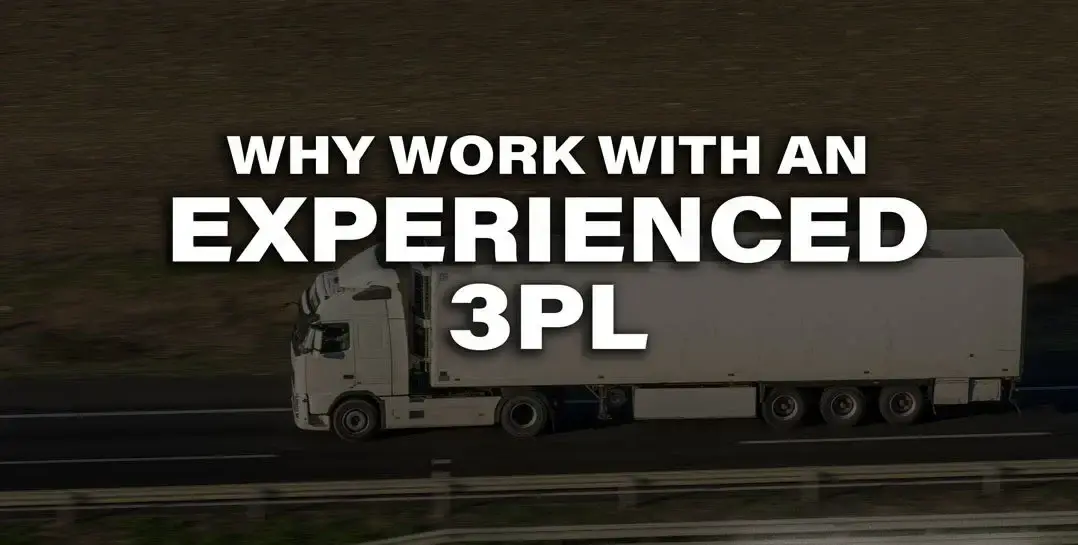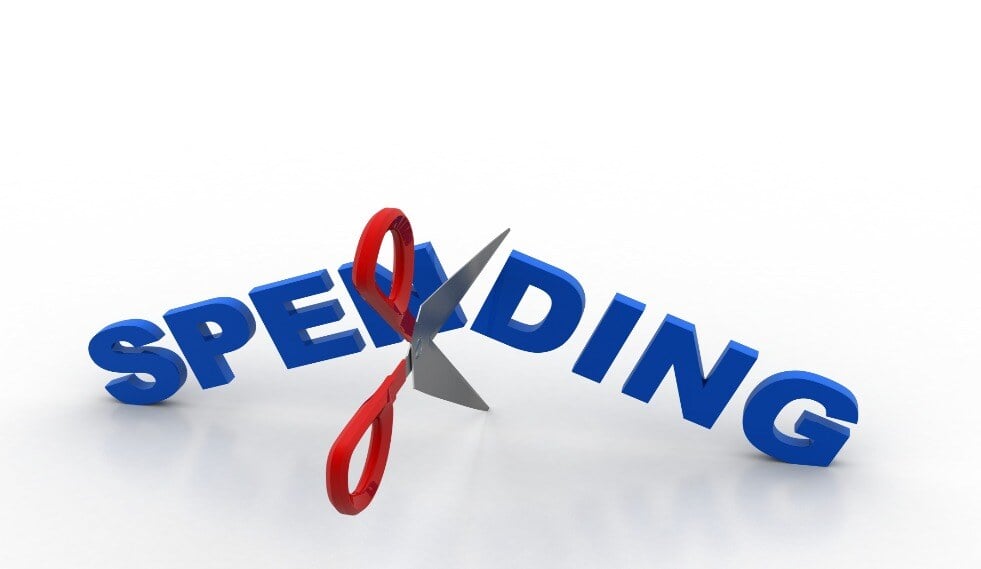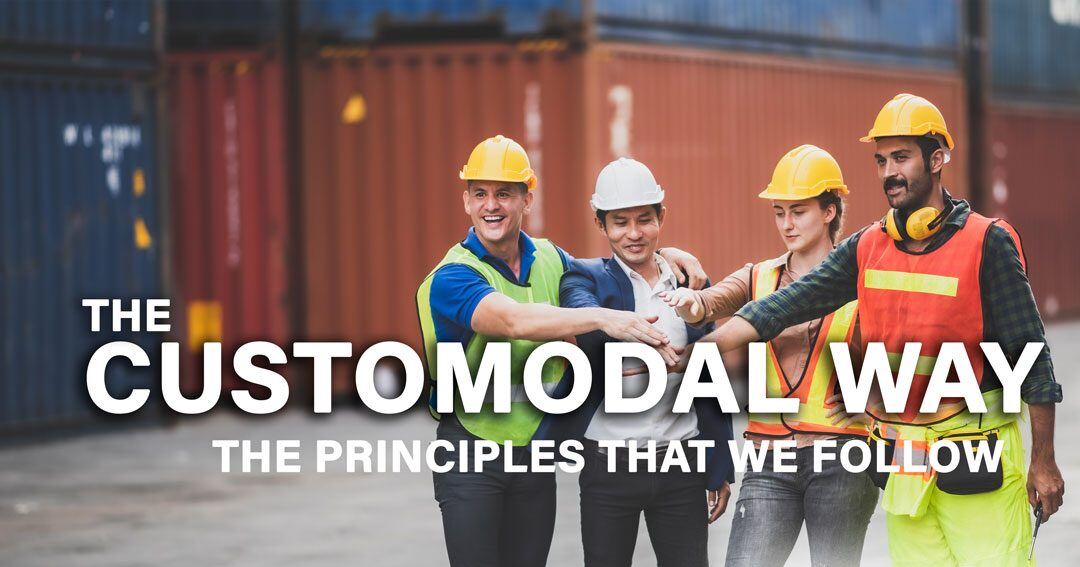
As a child, I was always looking for the coin-operated telescopes during vacation trips. I loved fiddling with the magnification and focus, and it seemed my fascination was never quite satisfied no matter how many coins dad would put in the machine.
Whether looking out at the Grand Canyon or across downtown Manhattan, it always amazed me how I could change the magnification to see things in different ways. Especially the far off view. How could those tower viewers magnify that much? Why can’t my eyes see all these details—in focus, all at the same time (admittedly an outcropping of my Superman fantasy)? It wasn’t until years later that I realized those same questions could and do exist in the shipping world with strategic logistics.
From the vantage point of your own Tower Viewer within your company’s transportation logistics, what “magnification” is your telescope setting?
So taking this as an analogy to a business’s shipping, let’s look at the different “magnifications” and how they affect your strategic logistics.
Maximum Magnification – Maximum Detail with Minimum Panorama
Just like the childhood telescope view where you see the minute details like people on the far wall of the canyon instead of the overall landscape, your organization is focused exclusively on the details. You’re routinely shopping every shipment to multiple carriers, arranging every movement, filling out BOL’s, calling carriers to track shipments en-route, dealing with damage claims or overdue shipments, and generally very, very busy. The problem, however, is very often employees are spending $20 in wage time to save $10 on a shipment. You’re losing money, but you don’t see that at this magnification. At this level, you’re managing each piece of freight as if it’s the only one.
Middle Magnification – Neither Details nor Panorama are in Focus
You know the critical nature of attention to detail in shipping, yet hate the idea of wasting so much employee time on those details. Employees are still touching every shipment (often more than once) and continuing to direct every shipment. Perhaps from sheer overload, some are beginning to experiment with using a broker, because they can’t get everything done on their own. At this stage, transportation managers can see the value of managing their transportation, and begin to recognize the value brought by a true professional Third-Party Logistics (3PL) provider. At this level, you’re starting to view your freight as being more than individual shipments.
No Magnification – The Big Picture is Clear, the Details are Fuzzy
In a word, Strategic. Now the transportation personnel views logistics as something to manage more than something to do. At this level, you see all your freight as making up a greater whole and managing it as a system. By considering a long-term partnership with a trusted 3PL, performance metrics allow your organization to manage the entire logistics function with minimal inputs. The organization is not bothered with carrier selection and execution but is instead focused on performance metrics and continuous improvement. Transportation now moves from measuring “tasks completed” to “benchmarks achieved.” And the cost-savings begin to add up.
As an TForce Worldwide agency Customodal is ready to help you dial back your “Tower Viewer” from tactical to strategic and move toward a performance measurement-based model of transportation logistics. Top managers at our clients tell us the best part of partnering with Customodal is not the significant hard-dollar savings they receive. It’s the security they feel seeing the increased visibility our TMS provides for shipments in transit coupled with fingertip logistics controls that seamlessly support the department and company performance objectives for which they are responsible.
To learn more about managing your transportation logistics from a panoramic or strategic level, call or email me to schedule a free Discovery Meeting where we can mutually explore goals and opportunities previously unavailable to small- and medium-sized shippers.



